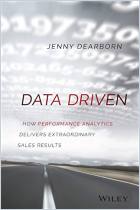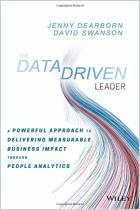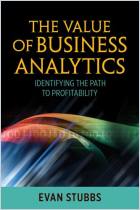Experienced data scientists Piyanka Jain and Puneet Sharma offer an exceptionally clear, illustrated guide to data analysis, including meaningful, real case studies and actionable best practices. Jain and Sharma argue that basic analytics – which you can do in Excel – address 80% of all business problems, if you ask the right questions. They say that non-analysts, like managers and marketers, can learn powerful analytical tools easily and conduct their own analyses without a professional analyst or data scientist. Unless you have a particular interest, you can skip chapter five on predictive analytics. Otherwise, getAbstract recommends this commonsense, practical approach to managers, executives, entrepreneurs and professionals who don’t analyze for a living.
Not Rocket Science
Most data problems do not require professional analysts. Ordinary practitioners and managers with minimal training can conduct powerful analyses using basic tools like Microsoft Excel. Start by identifying the problem your business needs to solve. For example, feedback might suggest that your “customer engagement” is low. Canvass experts in the organization to get their thoughts. Test their hypotheses against the data. Use basic data analysis to eliminate all but the best ideas and to reveal insights that fuel the necessary actions and decisions. Implement the solution on a trial basis, test it and then roll it out.
Keep It Simple
When Circuit City faced financial problems in 2000, it fired top talent, moved from prime locations to cheaper suburban malls and closed its home appliance business. Its leaders made these decisions without analysis or evidence. Each proved disastrous and Circuit City collapsed.
Instead of acting on hunches, analyze your information. Suppose you must find a ship that sank in the Pacific Ocean in 1715. You could set sail without planning and send your mini-sub into places you think the wreck might be. ...






















Comment on this summary